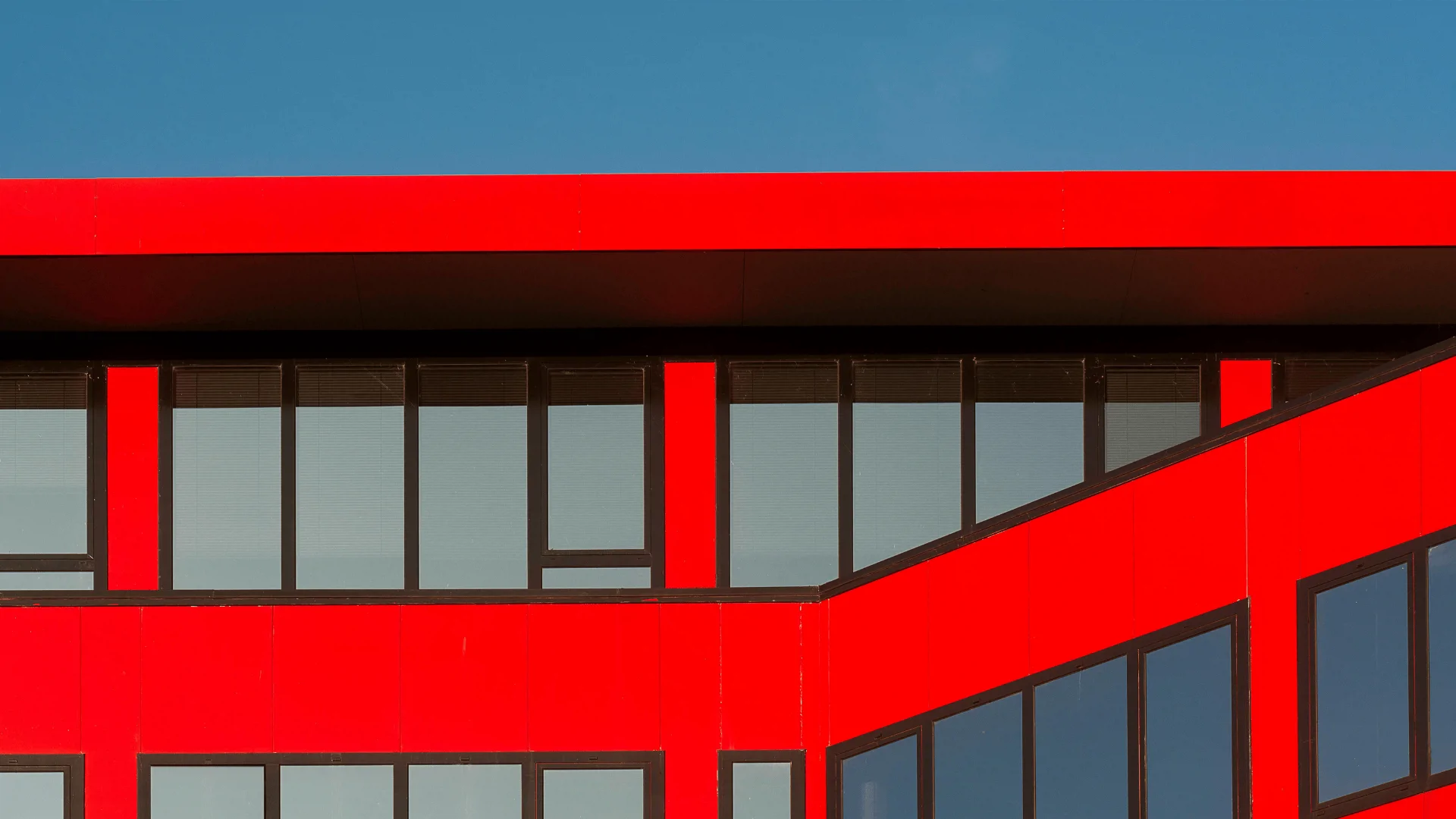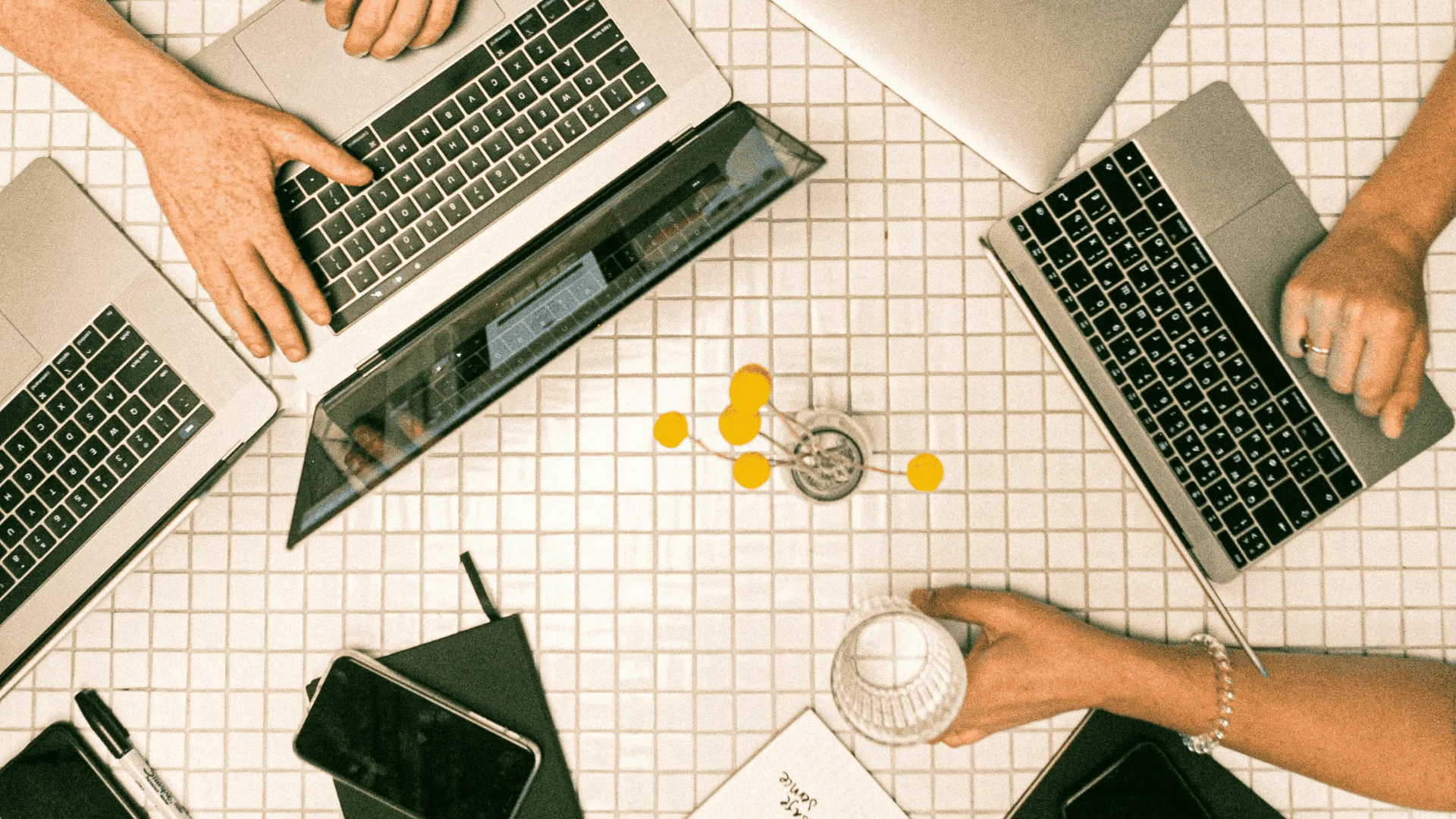Tell us who you are and who are Making Moves?
Anthony, Director and co-owner of Making Moves. We set up seven years ago, and our sole focus is helping office occupiers. Upsizing, downsizing, relocating – we cover it all. Whether it’s a boutique company like Propel or a larger corporate business such as Apple or Facebook, it’s always about their occupational needs. In the last seven years, we’ve been lucky enough to advise many global brands, mainly from the tech, media, and fashion industries. One of our specialities is working with fast-growth companies and we use our experience to advise on both physical requirements, like size, configuration and fit out, and commercial terms, like rent levels and contract length. Many companies we meet along the way have made the mistake of taking on too much or too little space on a long commitment, often meaning they have a (sometimes costly!) problem if the space is no longer suitable midway through their stay... Making Moves really take the time to understand what the office means for each company and their growth projections well before starting the search process, which is even more important in the post-Covid world.What does the office market look like now and how has it changed in the last 24 months?
In the last 24 months, the market has been redefined — Broadly, I would say it was a game of two halves. In the first twelve months, many companies were scrambling to exit or substantially reduce their office space and the following twelve months has been more about re-imagining how their office space is best utilised.So how has this affected the market? Probably not in the way you think. There is a common view that there is an abundance of vacant office space across London, due to hybrid working and people generally coming into the office less. But this is not the case and, actually, couldn’t be further from the truth. There is a lack of good quality office space across most areas of London. Companies have realised the office is important for a whole host of reasons and whatever size it is, there is one common theme – desire for higher quality. Good natural light, high ceilings, roof terraces, courtyards and all the mod cons. Demand for high-quality office spaces that offer all of these will be snapped up quickly.
The low-quality office spaces will likely remain on the market until the point the landlord decides to refurbish and upgrade, or the price reduction is so substantial that the cost outweighs the quality.
How does Making Moves find the perfect workspace?
Our first port of call is understanding the functions and requirements of the company, shortly followed by an appraisal of the staff needs. To do this, we conduct staff surveys to a refined selection of individuals, ensuring we have an even spread across the business, to understand what is most important to the people. Covid has pushed the boundaries of what an office should be - we have a client, who recently fitted their office with a bar that doubles up as collaboration/meeting and event space. They have no desks; instead, they utilise a flexible home working model for carrying out focussed work and the office is used for collaboration, ‘blue sky thinking’ or just to socialise and have fun. Once we have defined the detailed brief, we can start to compile a selection of opportunities which fit the business’ true requirements. If many of your staff are now working from home but you want to attract them back into the office, your requirements are likely to have changed, to have higher quality amenities such as; gym quality shower facilities, fully tech enabled zones for higher volumes of video calls, air conditioning that actually works, good natural light or maybe outside space and plenty of collaboration areas. Capturing all this detail at the very beginning of the process when we develop the client brief, makes finding and creating the perfect workspace much easier.How have the attitudes toward office space affected Making Moves during and post-pandemic?
During the peak of the pandemic, one of the most terrifying headlines we kept seeing was “The Office is Dead” but when we read this, things were extremely uncertain. Everyone was working from home, plenty even enjoying themselves and whilst it was terrifying, it was very interesting to watch this major cultural shift where within three months the office wasn’t needed anymore.At this point, we were doubting whether we’d even have a business, but once we made it through summer and the pandemic continued into winter, suddenly people were at home by themselves with rubbish weather, rumbles of diminishing mental health and a home office that was either not ideal or impractical. We started to see senior staff within companies come to the realisation that they needed to get staff back into some shape or form of office space.
Post Covid is where the workplace consultancy element of our business really came into play, which involves digging deeper into defining what an office means for each of our clients. Post-covid, we briefly had the belief that everyone would go into serviced offices (Wework etc), wanting to stay flexible if we face more restrictions. When there is fear in the economy, the appetite for corporate risk diminishes, meaning office relocation and expansion are generally put on the back burner. The strategy then moves to consolidation or moving into the most flexible office solution – serviced offices. However, we witnessed two major tech companies (Snapchat & TikTok) acquiring entire buildings, mid-pandemic at record rents, to accommodate their future growth – these two deals sent a strong message to the market and encouraged others to follow.What does the future of the office look like? Is this the end of working environments?
I think the five-day work week as we knew it before – 9 to 5 in the same location – is fizzling out. That’s not to say five days a week in an office is no longer a thing but it looks different now… maybe three or four days of the team getting together and the remaining days working from a different location, but not necessarily at home.We know companies that have gone fully remote and work really effectively, which we applaud. My personal view is that having an office provides a bespoke space for people to congregate for socialising, learning, and collaboration, but it is imperative that the space actually works in a multifunctional way. Fully remote businesses tend to meet up intermittently in different locations, which I suppose is their form of an office.
There are many factors which will influence the working environment and what the office is going to look like, but here are two that are regularly coming up in conversation: Talent - the current increasingly competitive landscape for recruiting and retaining employees has been branded the ‘war for talent’. The office needs to be more than a place to work. The physical workplace must be multifunctional for focussed work, learning, socialising, private meetings, and collaboration. The likes of Google have set the bar very high! Finally, Quality - I honestly feel that the days of cheap, cost-effective office space are numbered. To attract the best talent or to get your staff back into the office more regularly, the quality of the office space, building and its amenities are extremely important. - Anthony Murphy, Director and Co-owner of Making Moves



